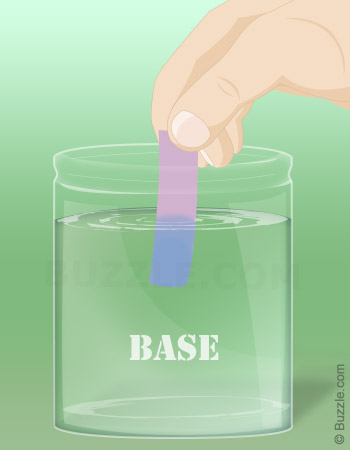Question #d6f12
1 Answer
Substance
Explanation:
For starters, the element found in bones that the problem refers to is calcium,
Calcium will react with oxygen gas to form calcium oxide,
#2"Ca"_ ((s)) + "O"_ (2(g)) -> 2"CaO"_((s))#
In aqueous solution, calcium oxide reacts with water to form calcium hydroxide,
#"CaO"_ ((s)) + "H"_ 2"O"_ ((l)) -> "Ca"("OH")_ (2(s))#
Calcium hydroxide is only partially soluble in aqueous solution; however, the amount that dissociates does so completely to form calcium cations,
#"Ca"("OH")_ (2(s)) rightleftharpoons "Ca"_ ((aq))^(2+) + 2"OH"_ ((aq))^(-)#
Now, red litmus turns blue when placed in contact with alkaline solutions that have a pH above
In your case, the presence of the hydroxide anions that result from the partial dissociation of the calcium hydroxide will turn the solution alkaline, which is why the red litmus paper turns blue.
Therefore, your substance


